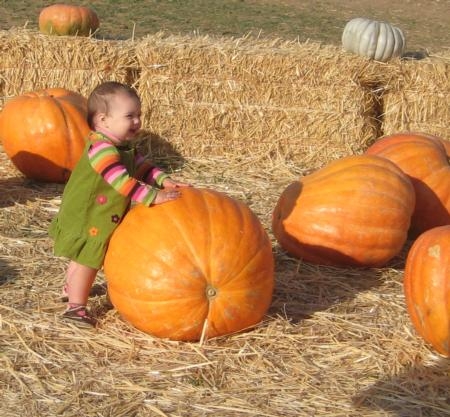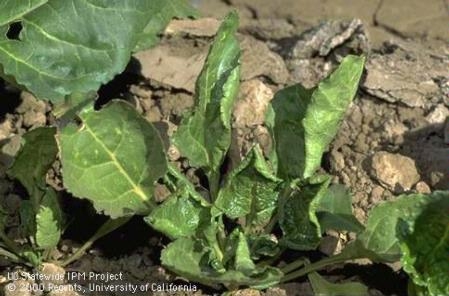Posts Tagged: Brenna Aegerter
Crop diseases a concern in strawberries and tomatoes this year
Record reporter Reed Fujii spoke to Brenna Aegerter, UC Cooperative Extension advisor in San Joaquin County. She said she's never seen such losses due to beet curly top virus.
"In my eight years here in this county, I had only seen curly top in two fields," she said. "The virus was present in every tomato field I have seen this season, though in most fields, the incidence was so low as to not be a concern."
Beet curly top is spread by beet leafhopper. The insect don't like tomatoes and peppers, but will briefly feed on the crop and infect them before moving on, Aegerter said. The high leafhopper population is most likely a cyclic peak.
"The hope is we'll go back next year to not seeing it," Aegerter said.
Amy Asman of the Santa Maria Sun used UC Cooperative Extension materials for her story on the serious pallidosis-related disease threat in local strawberries. For detailed information about the strawberry decline, see UCCE advisor Surendra Dara's story in the Strawberries and Vegetables blog.
Growing pumpkins is like a beauty pageant
Commercial pumpkin production poses many of the same challenges as growing other gourds and squash plants, like cucumbers, luffas, zucchini and watermelons, wrote Reid Fujii in the Stockton Record.
Growers must watch out for overwatering, plant diseases, and pests like squash bugs and cucumber beetles, said Brenna Aegerter, UC Cooperative Extension advisor in San Joaquin County.
"Like one of the growers here told me, it's a beauty pageant," Aegerter said. "It's all about how they look; it's not how they taste."
While other states produce more pumpkins than California, particularly those grown for canning and pumpkin pies, the Golden State harvests the largest volume for the retail, fresh market, Aegerter said.

San Joaquin County leads the state in pumpkin production.
Late October rain a mixed bag for California ag
Rain and cool temperatures this week have prompted newspapers to see how the weather change is sitting with the state's agricultural industry.
The Woodland Daily Democrat reported that local rain and wind were good for some crops, and bad for others. The cool weather has postponed the harvest date for rice, while the rain has provided enough water for wheat to germinate, the story said.
UC Cooperative Extension farm advisor Kent Britton told reporter Katherine Jarvis farmers should wait until Nov. 1 to plant their winter wheat to avoid frost damage later in the season.
The Stockton Record reported that late winegrape varieties, tomatoes, almonds, walnuts, cut hay, beans, silage and grain corn, and rice are all taking a hit from the weekend rain. Meanwhile, the rain is a boon to cattle and sheep ranchers whose pastures are being watered.
UCCE viticulture advisor Paul Verdegaal told reporter Reed Fujii most of the Lodi area's 100,000 acres of vineyards have already been harvested.
"It's probably overall a little less damaging for the Lodi district than compared to the coastal and foothill areas, (where the harvests) are a little bit delayed," Verdegaal was quoted.
Fujii also spoke to UCCE vegetable crops advisor Brenna Aegerter. She said there could be rain-related problems with cannery and fresh market tomatoes.
"Usually there's a delay, so maybe they can't go into the field for several days," Aegerter was quoted. "Then when they get back in, you get fruit rot, when the fruit has been wet for a couple days."


